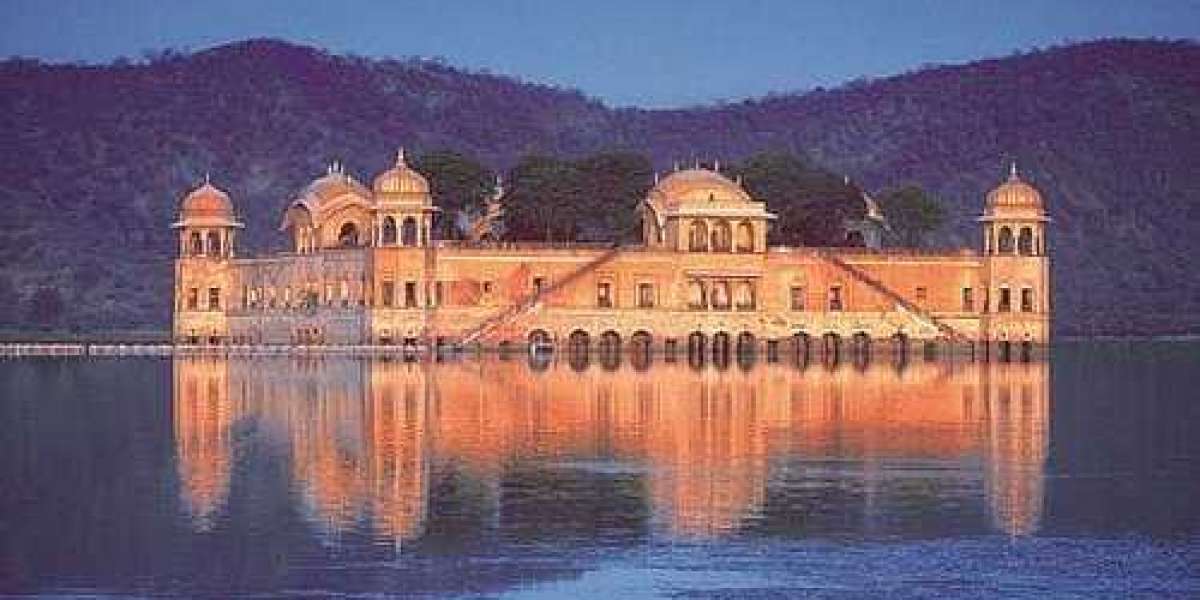Introduction: win attention with clear, local visuals
Qatar's people make rapid judgments in crowded areas as well as on their phones. More than a lengthy brochure will ever accomplish is a succinct video or a sharp set of images. The promise is simple. Use Videography and Photography to show your value quickly, in a style that feels local and trustworthy.
Why visuals matter for Qatari audiences
Good visuals help people decide with confidence. They show your product, your space, and your team in real situations. They also travel well across social platforms and screens around Doha. When you plan them with care, they become assets you can reuse for months.
What a professional shoot includes
A solid plan saves time and budget. Start with a short brief, a shot list, and reference examples. Visit the location, check light, and confirm power and access. Agree on a clear message, a format, and where the final clips or images will live.
Keep it bilingual and simple
If you add captions or graphics, prepare Arabic and English versions. Use short lines and clean fonts. On set, keep signs and uniforms aligned with your brand, since small details show up clearly on camera.
Permits and compliance in Qatar
Qatar expects respect for privacy and for controlled spaces. If you want aerial shots, apply to the Qatar Civil Aviation Authority for RPAS permissions and choose the operation type as photography or videography. Do not fly without the proper approvals.
Some applications for aerial and specialized work go through governmental gateways that request corporate information and licenses. Work with providers able to submit the appropriate forms on your behalf, who have knowledge of the procedure.
Public and private sites often require filming permission. Qatar Museums and Qatar National Library publish request forms and timelines, and approvals are not guaranteed. Plan ahead and factor in response windows.
Keep in mind individual confidentiality. Recent legislative changes raised fines for spreading images or video of people taken in public areas without permission. Always get approval and keep release documents on hand whenever people are recognizable.
During major events, special media permits may be used to define where filming is allowed around touristic zones. If your work touches those areas, check the current guidance.
Lead times, budgets, and schedules
Permits and elaborate logistics might extend your project timeline by days. Some productions report typical permit ranges of three to fifteen days, with longer waits for road work or special effects. Build a buffer so your campaign does not slip.
Keep budgets honest. Set aside funds for location fees, extra crew for Arabic voiceover or captions, and a second edit for square or vertical formats. Small upgrades like better lighting or a sound technician often raise quality more than extra minutes of footage.
How Videography and Photography help key sectors
Retail and hospitality
Show real experiences. Use short reels of a breakfast buffet in West Bay, a boutique fitting in Msheireb, or a sunset terrace in Lusail. Mix wide shots for place, close ups for texture, and one friendly face to build trust.
Education and training
Parents and adult learners want clarity. Film classroom moments, labs, and student projects with natural sound. Add text callouts in Arabic and English for programs, intake dates, and contact steps.
Professional services
For clinics, law firms, and consultancies, focus on calm, well lit spaces and confident staff. Keep scripts plain. Use simple graphics to explain process steps and show how to book or request a consultation.
Startups
Keep it fast and real. Capture founders explaining the problem, quick demos, and customer reactions. Short, honest clips help investors and early adopters understand what you do.
Choosing a production partner in Doha
Ask for work that looks like your need. Corporate, food, events, and drone work each require different skills. Check that the team handles permits, has Arabic capable editors, and can deliver formats for Instagram, TikTok, LinkedIn, and your website.
Red flags to avoid
Avoid crews who skip location recce, ignore release forms, or offer only one final format.Avoid strong stock footage that conceals your actual goods or location. Demand a list of deliverables and a definite timetable.
Make every asset work harder
Plan for reuse. Shoot a master video, then cut fifteen second clips for ads, a banner loop for your reception, and silent captions for mobile feeds. For photos, capture hero images, clean product shots, team portraits, and a few wide environmental frames for web headers.
Keep the brand consistent
Set a light color grade and a font pair you will reuse across videos and graphics. Align music and tone to your brand. Over time, people will recognize your style before they see your logo.
Conclusion: show the real value of your brand
Videography and Photography let your business speak in a way people remember. In Qatar, where audiences are diverse and time is tight, clear visuals and respectful practices go a long way. Work with partners who understand permits, culture, and bilingual delivery. Keep messages simple, show real people and places, and reuse your assets across channels. The result is steady visibility, stronger trust, and more confident customers.








